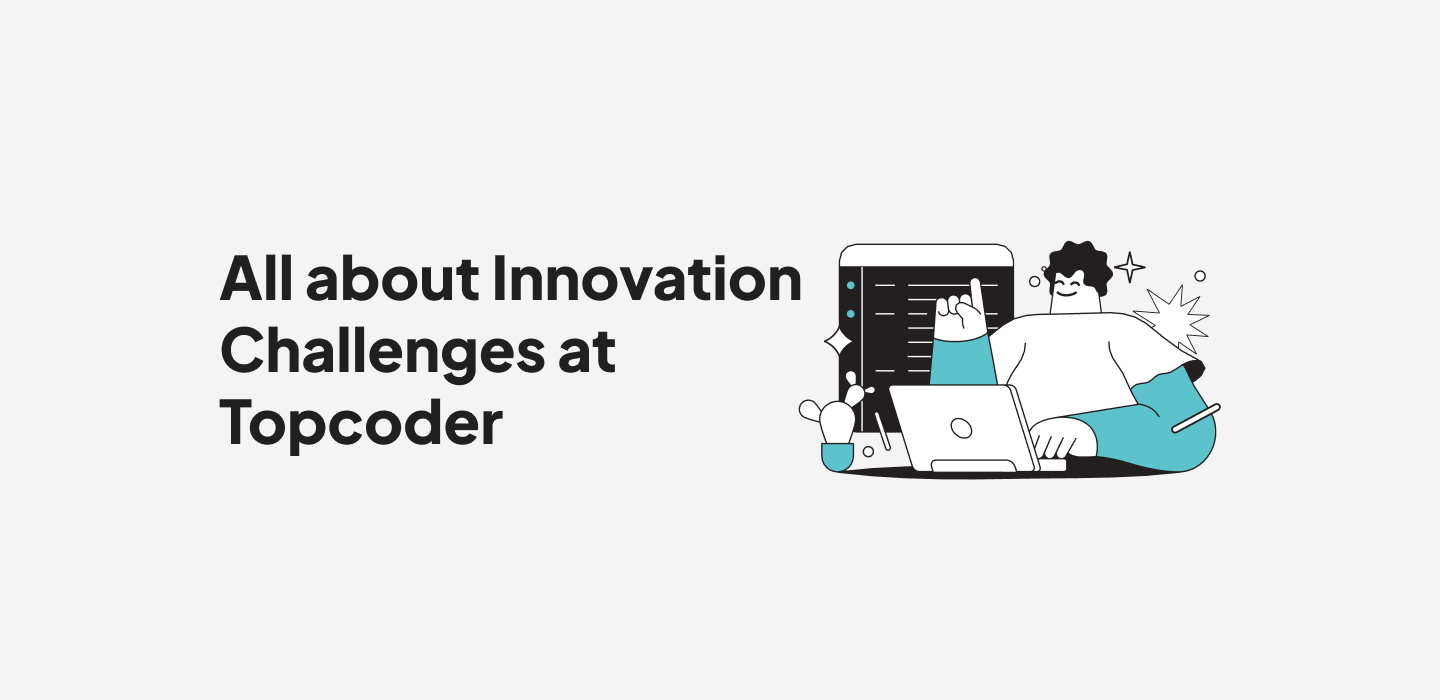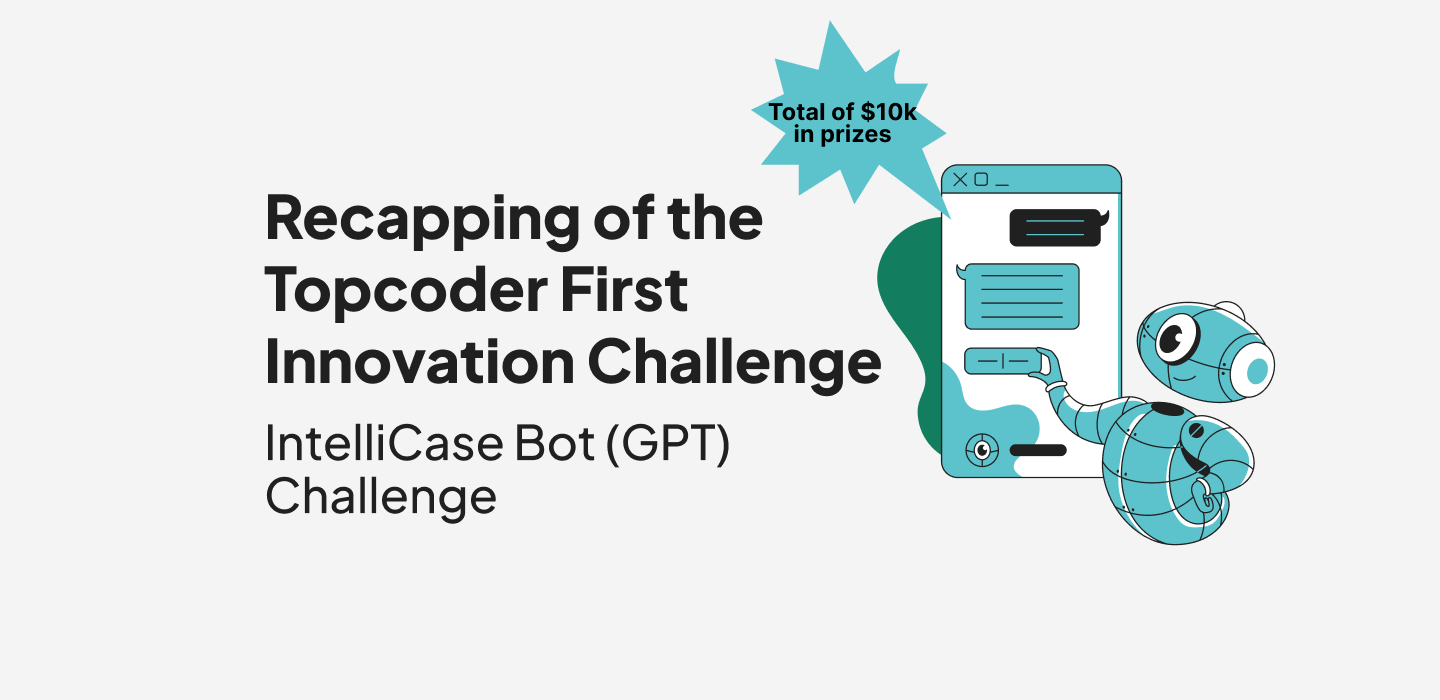June 3, 2019 Hertz Lawsuit Against Accenture: How Crowdsourcing May Reduce Risk
Lately, we’ve been paying careful attention to the developing news story about the Hertz lawsuit against Accenture. We have an incredible level of respect for Accenture. They’re a dominant force in services, and they design websites, custom code software, bake DevOps into app frameworks, and consult on high-level processes for some of the top businesses on the planet. To put their success and scope into perspective, they have worked for 95 of the companies on Forbes Global 100.
And, as this new lawsuit develops, we can’t help but feel like Hertz could have leveraged crowdsourcing to help them deliver a better experience. We get it! Delivering custom software layered with tangible customer experiences isn’t easy. We’ve had our fair share of failures — everyone has. But, some of the issues that the Hertz law team is targeting are problems that we, as a brand, strive to eliminate through creative crowdsourcing solutions.
Note: It’s important to understand that, thus far, all of the news surrounding this issue has been presented in a very Hertz-centric context. Accenture hasn’t publicly made a statement yet, so this story is still developing.
Understanding the Lawsuit
Hertz hired Accenture to create a website redesign with a suite of apps. Really, it sounds like Accenture was responsible for revamping a significant portion of Hertz’s digital experience. After a few deadline hiccups, Hertz found that the service delivered wasn’t sufficient.
Hertz signified 4 core issues with the delivered service.
- The website wasn’t responsive.
- A requested common core of libraries wasn’t delivered.
- The speed-of-delivery was poor.
- The code was buggy due to QA issues (i.e., no real-world testing or error handling)
Let’s talk about how crowdsourcing can help brands handle risk across all five of these issues.
1. Website Responsiveness
According to Hertz, the original 2016 contract signed for services specified that the website “be responsive on PC, mobile, and tablets.” Accenture only delivered responsiveness on PC and mobile — dropping tablets.
Multi-device responsiveness is baked into the framework of our offerings. And, it’s something that we work hard to provide consistently and accurately every single time. There are 1.3 billion tablet users across the globe. Additionally, tablets generate around 3 – 5% of all digital traffic.
With crowdsourcing, you get tablet responsiveness as a core feature — not an added value.
2. Delivering Specific Features
Hertz initially requested a common core of libraries that would globally connect all of its brands (e.g., Dollar, Thrifty, and Donlen). And, according to Hertz, Accenture didn’t deliver this service and focused only on North American experiences.
When it comes to specific features like this, crowdsourcing shines. You can access a pool of incredible talent that is focused on delivering these specific features, and they’re all experts in the code required for that delivery. This means that components will be delivered as reusable assets. Since each crowd worker will be responsible for their specific element, you can glue these components to multiple projects.
3. Speed-of-Delivery with New Assets
To deliver the requirements specified in the contract, Accenture invested in a new CMS that could deliver those solutions at-scale. Unfortunately, they didn’t have experience with the new CMS, and they had difficulties with integration and deployment. We fully understand the need for new technology when the scope of a project requires it. And, we certainly agree that utilizing new technology can be a fruitful experience for all parties.
But, you need to work with people who understand that technology. This is where both businesses and agencies can get stuck. They don’t have experience operating within new tech stack, and they can’t immediately hire on experience at-scale.
With crowdsourcing, you don’t have to. You get immediate access to experienced talent that has worked within that specific environment. This gives you the ability to rapidly onboard necessary technology without impact your speed-of-delivery.
4. Quality Assurance
Hertz also added that the solution was buggy and unresponsive. They claim that Accenture “didn’t do real-world world testing” and “it didn’t do error handling.” Quality assurance is a crucial aspect of the modern dev cycle. You need to know about any issues, where they came from, and log them for further fixing.
Again, crowdsourcing is an incredibly powerful QA tool. You can hire a single entity that can gather hundreds of testers from around the globe on-demand to deliver a battery of tests to your app or website. Whether you need faster testing cycles, improved QA coverage, or even specific bug resolutions, crowdsourcing can deliver those solutions at-scale for a fraction of the cost of onboarding testers.
Conclusion
Stories like the Hertz lawsuit against Accenture remind us that crowdsourcing is more than a simple, cost-effective solution to development, testing, and design — it can create better experiences through the combined effort of thousands of talented and diverse people. It can also deliver these experiences at an incredible scale on the tightest time frames.
If you’re interested in learning more about how crowdsourcing can help you reduce risk on your next project, contact us.

David Messinger
CTO


